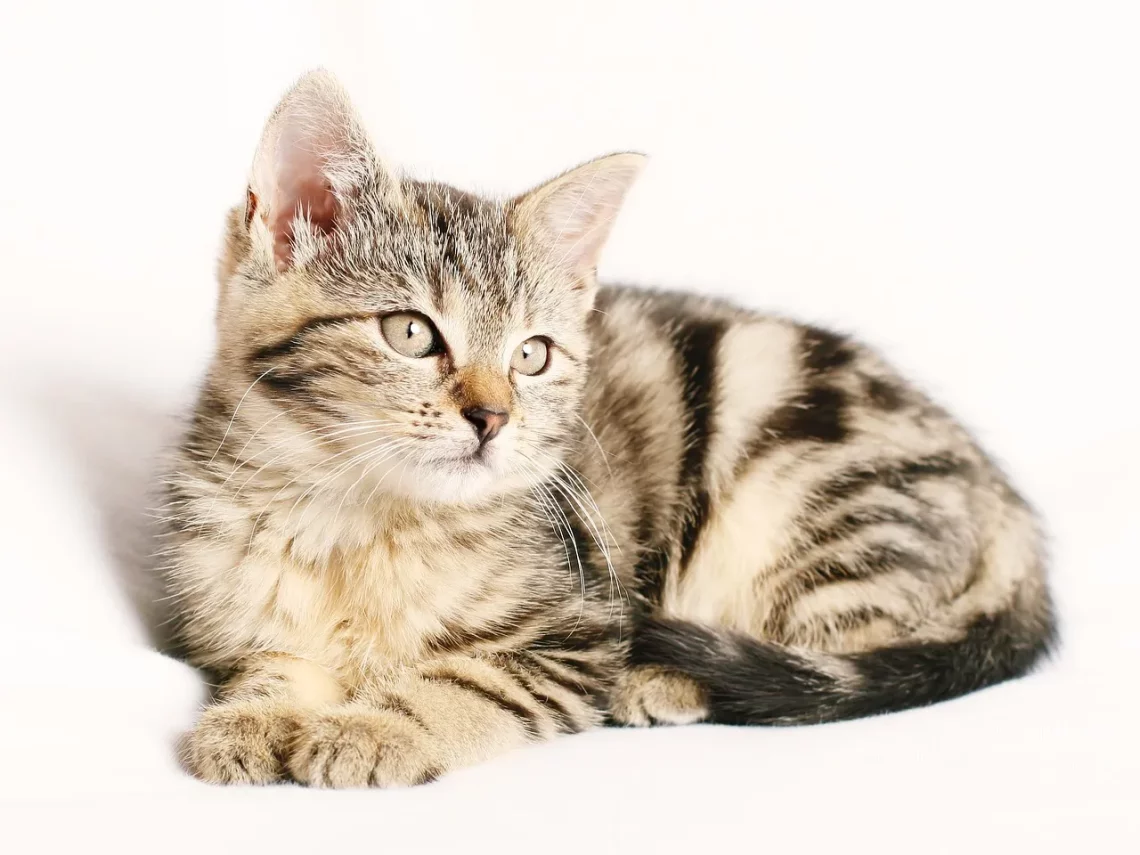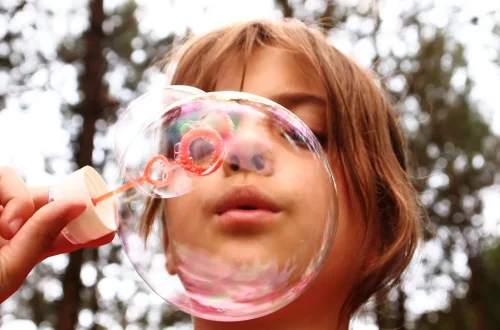
Understanding the Feline Dental Chart for Optimal Cat Oral Health
Maintaining optimal oral health is crucial for our feline companions, yet it is an often-overlooked aspect of pet care. Just like humans, cats can suffer from various dental issues that can lead to discomfort, pain, and even serious health complications. Many cat owners might not realize that dental health is not just about fresh breath and clean teeth; it’s a significant factor in a cat’s overall well-being. Regular dental check-ups, proper nutrition, and understanding the anatomy of a cat’s mouth can make a world of difference in preventing dental diseases.
A key tool in understanding and managing your cat’s oral health is the feline dental chart. This chart serves as a visual representation of a cat’s teeth, helping veterinarians and owners alike to identify potential dental issues early on. Familiarizing yourself with this chart can empower you to take proactive measures in safeguarding your cat’s teeth and gums. This knowledge can be vital in recognizing symptoms of dental discomfort that may otherwise go unnoticed. In this article, we will explore various aspects of feline dental health and the significance of the dental chart in ensuring your cat’s oral hygiene.
The Anatomy of a Cat’s Teeth
Understanding the anatomy of a cat’s teeth is the first step in recognizing potential dental problems. Cats possess a unique set of 30 adult teeth that are specifically adapted for their carnivorous diet. These teeth are categorized into four main types: incisors, canines, premolars, and molars. Each type has a specific function, contributing to the cat’s ability to chew and consume food effectively.
Incisors, located at the front of the mouth, are small and sharp, ideal for grasping and nibbling food. Cats use their incisors to groom themselves as well, which is vital for their hygiene. The canines, the long, pointed teeth next to the incisors, are crucial for holding onto prey. These teeth are particularly strong, allowing cats to pierce and hold their food securely.
Premolars and molars, found towards the back of the mouth, have a different design. They are flatter and broader, perfect for grinding and crushing food. This is particularly important for cats since they often consume meat that needs to be broken down before swallowing.
The arrangement and health of these teeth are essential for a cat’s ability to eat and function normally. Dental issues, such as gingivitis or tooth decay, can disrupt this function, leading to discomfort and dietary changes. Regular dental check-ups can help identify issues early on, ensuring that your cat maintains a healthy and pain-free mouth.
Common Dental Issues in Cats
Cats, like humans, are susceptible to a variety of dental problems that can affect their overall health. One of the most common issues is periodontal disease, which is an infection and inflammation of the tissues surrounding the teeth. This condition often results from the buildup of plaque and tartar, which can lead to gum disease and tooth loss if not addressed.
Another prevalent dental issue is tooth resorption, where the body starts to break down and absorb the structure of the tooth. This painful condition often goes unnoticed until it has progressed significantly, as cats may not show visible signs of discomfort. Regular veterinary check-ups can help identify tooth resorption early, allowing for timely intervention.
Cats can also experience dental fractures, which can occur due to trauma or chewing on hard objects. A fractured tooth can lead to pain and infection, necessitating prompt veterinary attention. Additionally, oral tumors, while less common, can also affect a cat’s oral health and require immediate evaluation.
Prevention is key when it comes to dental health. Providing your cat with a balanced diet, regular dental cleanings, and chew toys designed for dental health can significantly reduce the risk of these common issues. Monitoring your cat’s behavior and eating habits can also help you detect any dental discomfort early on, allowing for swift action.
Importance of Regular Dental Check-ups
Regular dental check-ups are vital for maintaining your cat’s oral health. Just as you would take your pet for annual veterinary visits, dental examinations should be a routine part of your cat’s healthcare. During these check-ups, the veterinarian will examine your cat’s mouth, teeth, and gums, looking for any signs of dental disease or other oral health issues.
One of the significant benefits of regular dental check-ups is the opportunity for professional cleaning. Veterinary dental hygienists can remove plaque and tartar that regular brushing might miss. This deep cleaning helps prevent periodontal disease and keeps your cat’s teeth and gums healthy.
Moreover, these check-ups allow for the early detection of issues that may not be visible at home. Your veterinarian can provide insights into your cat’s dental health that you might not notice, such as hidden tooth decay or gum disease. Early intervention can save your cat from pain and the need for more extensive treatment later on.
In addition to physical examinations, your vet can provide you with tailored advice on maintaining your cat’s dental health at home. They might recommend specific dental diets, treats, or brushing techniques to keep your cat’s mouth clean and healthy.
Overall, prioritizing regular dental check-ups is essential for ensuring your cat enjoys a long, healthy life free from the complications associated with poor oral health.
Understanding the Feline Dental Chart
The feline dental chart is an invaluable resource for cat owners and veterinarians alike. This chart visually represents the location and type of each of a cat’s teeth, providing a comprehensive overview that aids in diagnosing and treating dental issues. Familiarity with the chart can help owners understand their cat’s dental structure, making it easier to identify any changes or potential problems.
Each tooth on the dental chart is assigned a specific number and position, making it easier for veterinarians to communicate about dental health. For instance, the upper right canine tooth is designated as 104, while the lower left molar is 209. This standardized numbering system allows for clear communication and documentation of dental issues.
By understanding the dental chart, cat owners can also keep track of their pet’s dental health over time. If a veterinarian notes an issue with a specific tooth during a check-up, the owner can refer back to the chart to monitor any changes during subsequent visits. This proactive approach can lead to better outcomes, as issues can be addressed before they escalate.
Additionally, the dental chart can be a valuable tool for educating cat owners about the importance of dental care. By visualizing where each tooth is located and understanding its function, owners may be more motivated to engage in routine dental care for their cats, such as brushing and providing dental treats.
In conclusion, understanding the feline dental chart is a crucial aspect of managing your cat’s oral health. It empowers you as a pet owner to take proactive steps in ensuring your cat maintains a healthy mouth throughout their life.
—
**Disclaimer:** The information provided in this article is for informational purposes only and should not be considered medical advice. If you have any concerns about your cat’s health or dental issues, please consult a qualified veterinarian for professional guidance.




